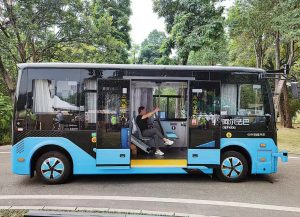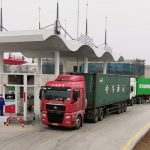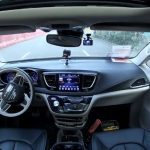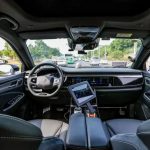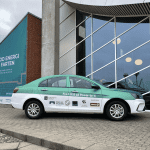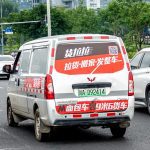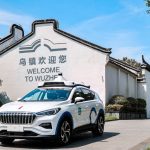Shenzhen gives green light to fully autonomous vehicles
深圳为全自动驾驶汽车开了绿灯
8月1日起,深圳允许无人驾驶的完全自动驾驶汽车上路行驶。
当日生效的《深圳经济特区智能网联汽车管理条例》规定,完全自动驾驶汽车,可以不具有人工驾驶模式和相应装置,不配备驾驶人,在交通主管部门划定的区域、路段行驶。完全自动驾驶汽车,是指自动驾驶系统可以完成驾驶人能够完成的所有道路环境下的动态驾驶任务、不需要人工操作的汽车。
Shenzhen, a city that pioneered reform and opening-up in China, is to allow fully autonomous vehicles to run on certain roads, as the city unveiled the nation’s first regulation tailored for smart and internet-connected vehicles.
The new regulation, due to come into force on August 1, 2022, also clarified rules for liability in car accidents that involve autonomous driving, helping to fill the legal gap in China’s smart car industry.
Shenzhen is giving self-driving cars a legal “identity card”, a key move in accelerating the commercialisation of autonomous vehicles, experts said, adding that more legal measures and more testing experience are needed before broadening such trials.
Under the new regulation car makers do not necessarily have to equip fully autonomous vehicles with human driving modes and equipment, nor must they have human drivers.
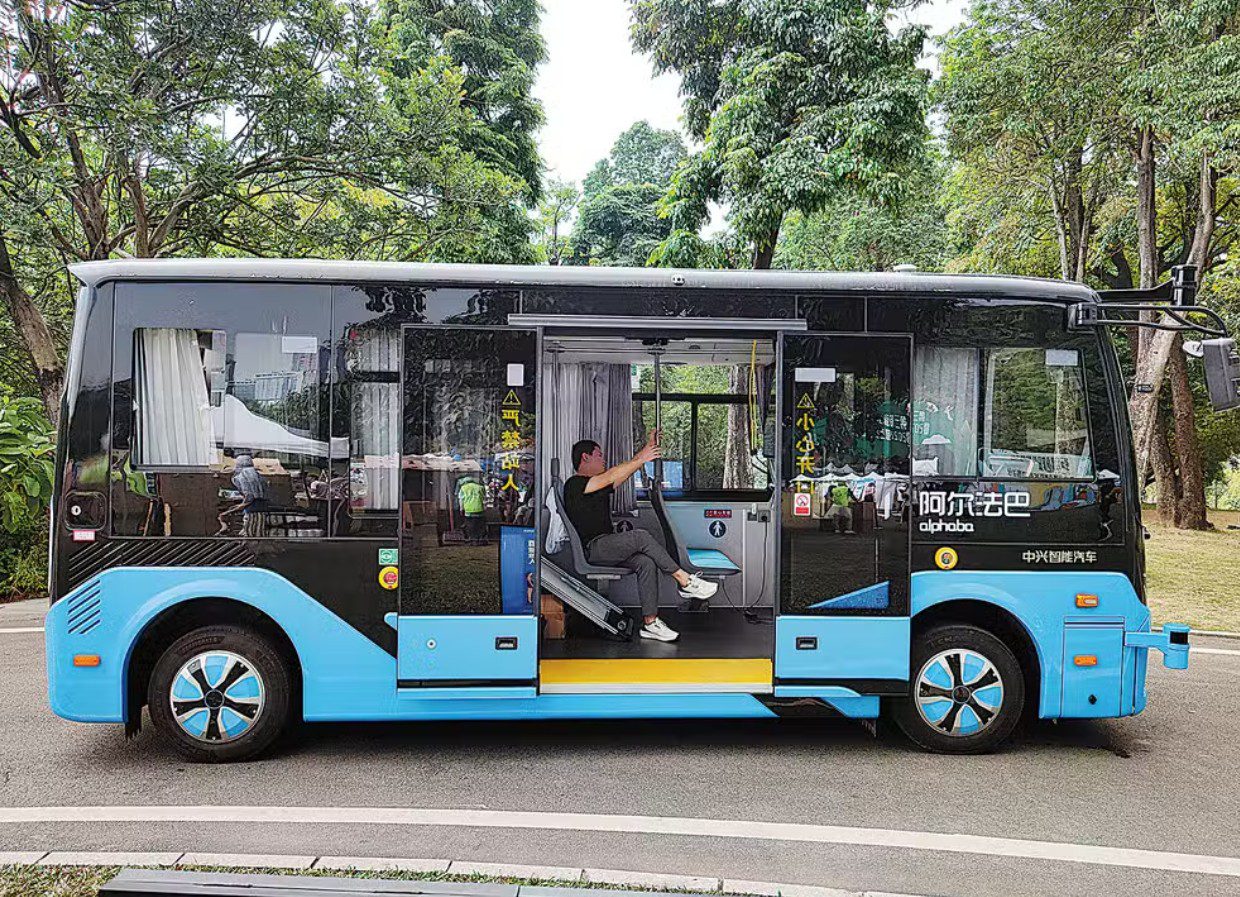
However, under the regulation, published on the official website of Shenzhen Municipal People’s Congress on July 5, 2022, such fully automated vehicles can only run on certain roads and sections designated by Shenzhen’s traffic management department.
Gu Dasong, executive director of the transportation and development research centre at Southeast University, said the regulation did not specify what human driving modes and equipment were required. “But traditionally, such equipment could include steering wheels, accelerators and brake pedals used by human drivers.”
Removing steering wheels is one of the ultimate goals of autonomous driving, but it differs significantly from traditional car designs and it remains to be seen how Shenzhen will set out local standards, Gu said.
The US National Highway Traffic Safety Administration adopted rules in March eliminating the requirement that automated vehicle manufacturers equip fully autonomous vehicles with manual driving controls such as steering wheels, Reuters reported.
Chang Zhenting, secretary-general of the Autonomous Driving Industry Alliance for the Guangdong-Hong Kong-Macao Greater Bay Area, said that Shenzhen is improving its legal framework for the research and development, production, purchasing and sale of autonomous vehicles, adding that better vehicle-road co-ordination and more testing experience are needed before expanding this to other areas.
The new regulation classified autonomous vehicles into three types: conditionally autonomous driving, highly autonomous driving and fully autonomous driving.
Under the regulation the former two types of vehicles must have human control equipment and drivers.
The regulation also clarifies rules for liability in car accidents that involve autonomous driving. For autonomous driving vehicles with a driver, the driver is held responsible for accidents and compensation.
For fully autonomous vehicles without a driver, the owner or the user of the vehicle is held responsible for accidents and compensation.
In a road accident, if the damage is caused by the defects of a vehicle, the driver, the owner or the user of the vehicle, after paying for the bill, can request compensation from the manufacturer or seller of the car in accordance with laws, the regulation says.

